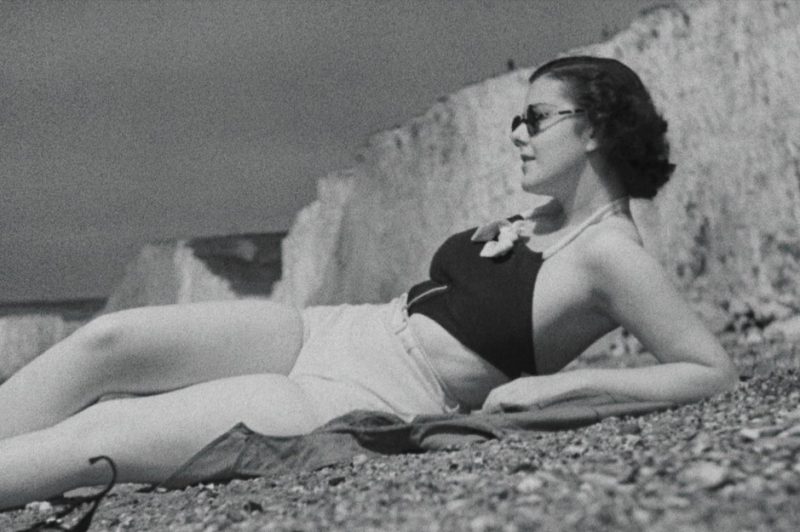This screening of four short films by neglected British women film-makers is a teaser for a 2-disc collection of digitally restored work released by the British Film Institute. It proves a valuable exercise.
Marion and Ruby Grierson, like their famous brother John, were from Cambusbarron, Stirling. Marion had gone from editing to directing, and her Beside the Seaside (1935) is a montage masterclass. This breezy portrait of the British at play accompanies milling crowds from stifling urban streets to packed trains. All bound for seaside delights. Hats and formality are discarded amid the panoply of pleasures. The film transcends documentary: it is a tour de force, a hymn. The fusion of W.H. Auden’s words with the jaunty band, and the rollicking days out on screen highlighted by Foley sound work, is a fabulous combination. A fine day, and a fine film.
Next we see Marion’s sister, Ruby’s They Also Serve (1940). This is an engaging dramatised documentary of a housewife’s work at home, while many men were on active service. Ruby captures poignantly the nobility of the subject, ‘Mrs Anderson’. We hear and see her cataloguing her daily tasks, and the result is an affecting portrait of uncomplaining stoicism. We are reminded: ‘Every day they are helping.’
Next is Birth-day, also a Ministry of Information film, by Brigid ‘Budge’ Cooper (1945). This shows a nervous Scots soldier seeking advice from his commanding officer about his wife’s maternity. Even as the avuncular older man reassures young McBain, we cut to Mollie Weir as the young wife fretting at home. So the film tracks the parallel narratives of the sympathetic, and modern treatment – as contrasted with ill-informed steamie gossip. Of course, the mansplaining is hopelessly dated, but we get the point. Caring health professionals see the young mother through, and finally the patrician CO congratulates young McBain on fatherhood. An effective work.
More proselytising – and more formally a documentary – is Kay Mander’s Homes for the People (1945). This film simply allows working-class women to describe their living conditions. We marvel at their resilience, given lack of space, inadequate storage, and poorly designed dwellings. Some lack mains water, others have outdoor toilets; one even uses a bucket. The film’s message is clear and compelling. As the camera pans over an expectant crowd, the call for national action resounds with some impact.
The final film, Something Nice to Eat (1967) is in colour, and is directed by Sarah Erulkar, the only black woman here. Sponsored by The Gas Council, this short features copious flaring flames as well as many 60s essentials: psychedelic colours, extreme close-ups on food, animated, silhouette and montage sequences, much woodwind noodling, and Jean Shrimpton being cool. The target is the ordinary British punter, the main exhortation to become more sophisticated, more French in the kitchen. And to use more gas.
Undoubtedly, racist and sexist content undermines the experience for the modern viewer. But there is much art in this collective work – a fascinating glimpse of neglected women directors.
Screened at Eden Court, Inverness
